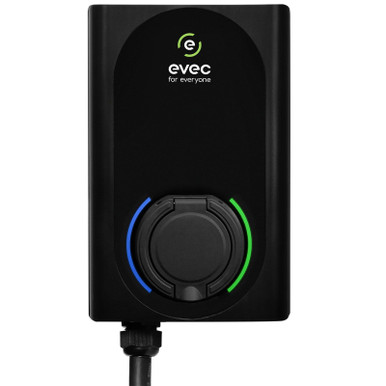Hi all
I currently own an ICE car but we have recently bought my wife a Cupra Born which I’m quite taken with.
95% of our driving is around town and commuting so it really makes sense for me to go EV. I’m a massive petrolhead and love anything with an engine but not so much that I can’t see the value in an EV.
I’m considering an Alpine A290 but was wondering if there’s a way that 2 EV’s can be charged at the same time or if 2 cables can be used with some sort of splitter and set to charge one when the other has finished.
I guess what I’m saying is there a way I can automate it without having to get up at 4am to switch the charger from one car to another, but even that way there isn’t enough off peak hours in a night.
I suppose the way would be to charge on alternate days.
Just curious if there’s is a way in case we ever both need a full tank of electric.
Cheers.
I currently own an ICE car but we have recently bought my wife a Cupra Born which I’m quite taken with.
95% of our driving is around town and commuting so it really makes sense for me to go EV. I’m a massive petrolhead and love anything with an engine but not so much that I can’t see the value in an EV.
I’m considering an Alpine A290 but was wondering if there’s a way that 2 EV’s can be charged at the same time or if 2 cables can be used with some sort of splitter and set to charge one when the other has finished.
I guess what I’m saying is there a way I can automate it without having to get up at 4am to switch the charger from one car to another, but even that way there isn’t enough off peak hours in a night.
I suppose the way would be to charge on alternate days.
Just curious if there’s is a way in case we ever both need a full tank of electric.
Cheers.






